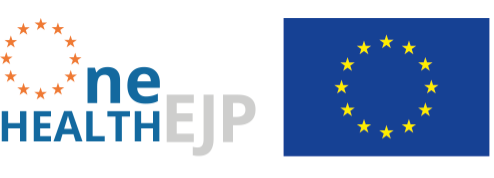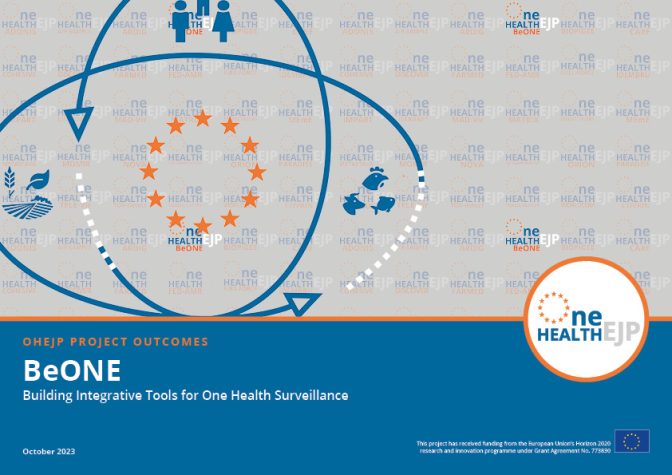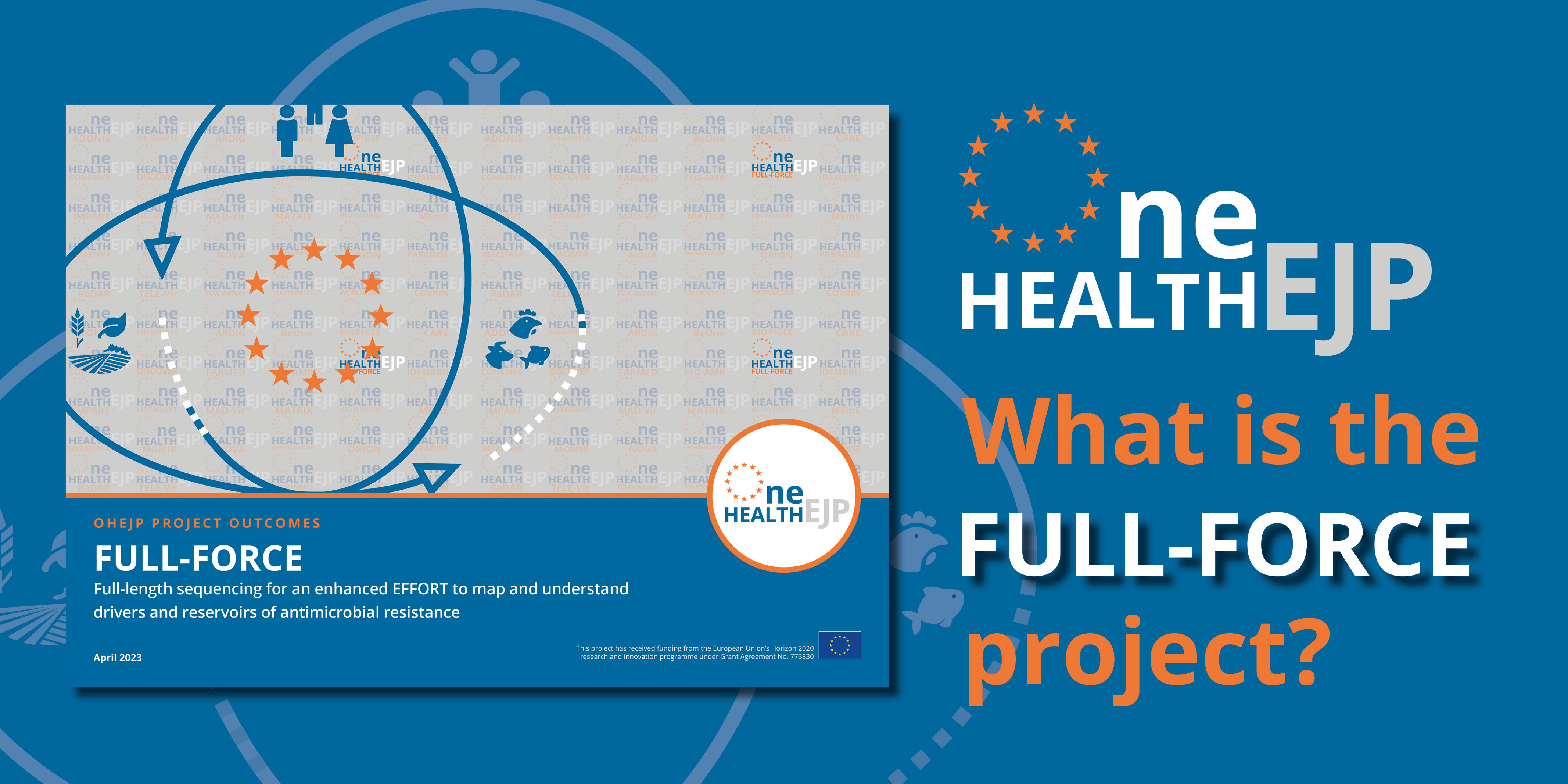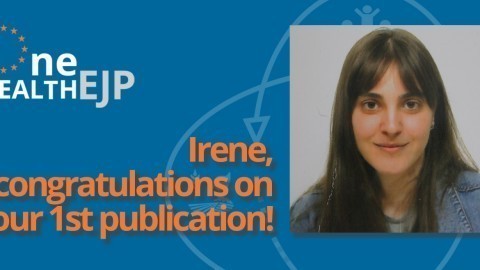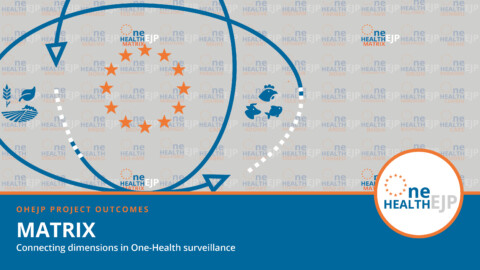Our latest Project Impact Brochure for BeONE is now available on our website.
If you are interested in the surveillance of food and waterborne diseases using a One Health approach, please see the brochure to learn about JRP BeONE project outputs and outcomes.
In the European Union, the surveillance of foodborne infections and outbreak detection is primarily handled at the national or regional level by competent authorities for national food safety and public health. Despite using the same methodology, inter-laboratory and inter-countries data exchange and comparison still need to be improved because several different bioinformatic analysis tools and schemes are being employed to analyse the data. A standardised approach is needed with a system set up to facilitate a very flexible level of data sharing.
The BeONE project aimed to
1. Contribute to the capacity of EU laboratories to carry out routine surveillance.
2. Launch new research lines to improve the epidemiology of food and waterborne diseases (FWD).
3. Facilitate data sharing and comparability among EU countries and international organisations involved in FWD prevention and control.
The project brochure highlights the comparability of results between different institutes. The main achievements of this project were:
1. Comparison of different bioinformatics pipelines for disease surveillance.
2. Development of a data sharing and visualisation dashboard.
3. Datasets of anonymised sequencing reads and genome assemblies for four key bacterial foodborne pathogens.
Consequently, BeONE enables faster and easier data sharing between different institutes involved in animal or human health. Fully aligned with the One Health concept, BeONE may ultimately promote enhanced interoperability at multi-country and intersectoral levels towards an evidence-informed public health policy- and decision-making.
Read the BeONE project brochure to learn more about how you can use their research outputs in your work. See the BeONE project webpage and access the brochure here.
